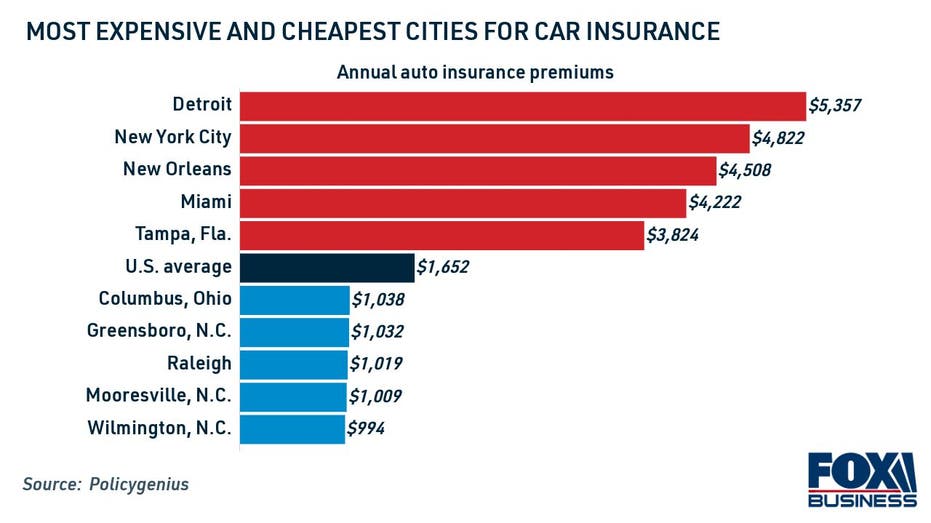
Employers consider health insurance an essential part of their compensation. These benefits have been steadily rising in cost for the past ten years. Prescription drug costs, increasing deductibles and rising health system pricing are just a few of the reasons. These trends are driving the rise of premiums and depressing wages. Many employers are unhappy with rising costs and increasing administrative burdens. Some are looking for non-wage alternatives.
Employers are increasingly using wellness programs through wearable technology. One survey found that one in five employers collect data on employees' wearable devices. While health insurance continues to be driven largely by rising prices, employers are increasingly looking at alternative payment methods to help their employees.
The Congressional Budget Office predicts that in the next ten-years, the number Americans who receive health coverage through employer-sponsored programs will remain at the current 159 million. The tax-favored alternative to health insurance is still available. In 2019, however, the cost for single coverage will exceed 9.86 percent of household income.

Premiums cover not only the price of health insurance, but also the cost to pay deductibles. An estimated 25% of workers in the United States have a minimum $2,000. Many companies opt for self-insured plans to lower the cost of their benefits. Self-insured plans can be a cost-saving option if there are few claims. The employer must pay more if the claim is greater than expected.
The employees' age mix determines small group rates. Massachusetts has a median annual income of $1186 for workers younger than 25 and an average annual income of $6,896 for those older.
Employers with larger budgets have greater control over the coverage of their employees' plans. Most large employers offer a biometric screening to their employees. They offer a wellness program, which encourages employees visit lower-cost providers. Public sector employers can also customize their health plans to meet employees' needs.
Employers with 51-100 employees will be able to join a merged market for health insurance in 2016 under the Affordable Care Act. These employers will see a rise in premiums of up to 9 percent. The law also requires that each state sets a rate every year. A $3,480 penalty is imposed on those who do not offer affordable plans.

Some small employers may need to make additional contributions in order to subsidize their employees' health insurance. Massachusetts employers are required by law to contribute $50 annually per employee.
Despite these requirements and the decline in employers offering insurance, it is not surprising that there are fewer of them. After a decade of rapid increases, many small employers are frustrated with the uncontrollable cost of benefits. Even though the cost of health insurance is not rising for most employers many are still having difficulty keeping employees.
The difficulty in retaining employees is increasing as the unemployment rate stays low. Employers face this issue. Employers that don't offer their employees health insurance will face a $2320 per-employee penalty. You can also face thousands in fines if you fail to comply COBRA. This law requires employers offer ongoing health care to their employees.